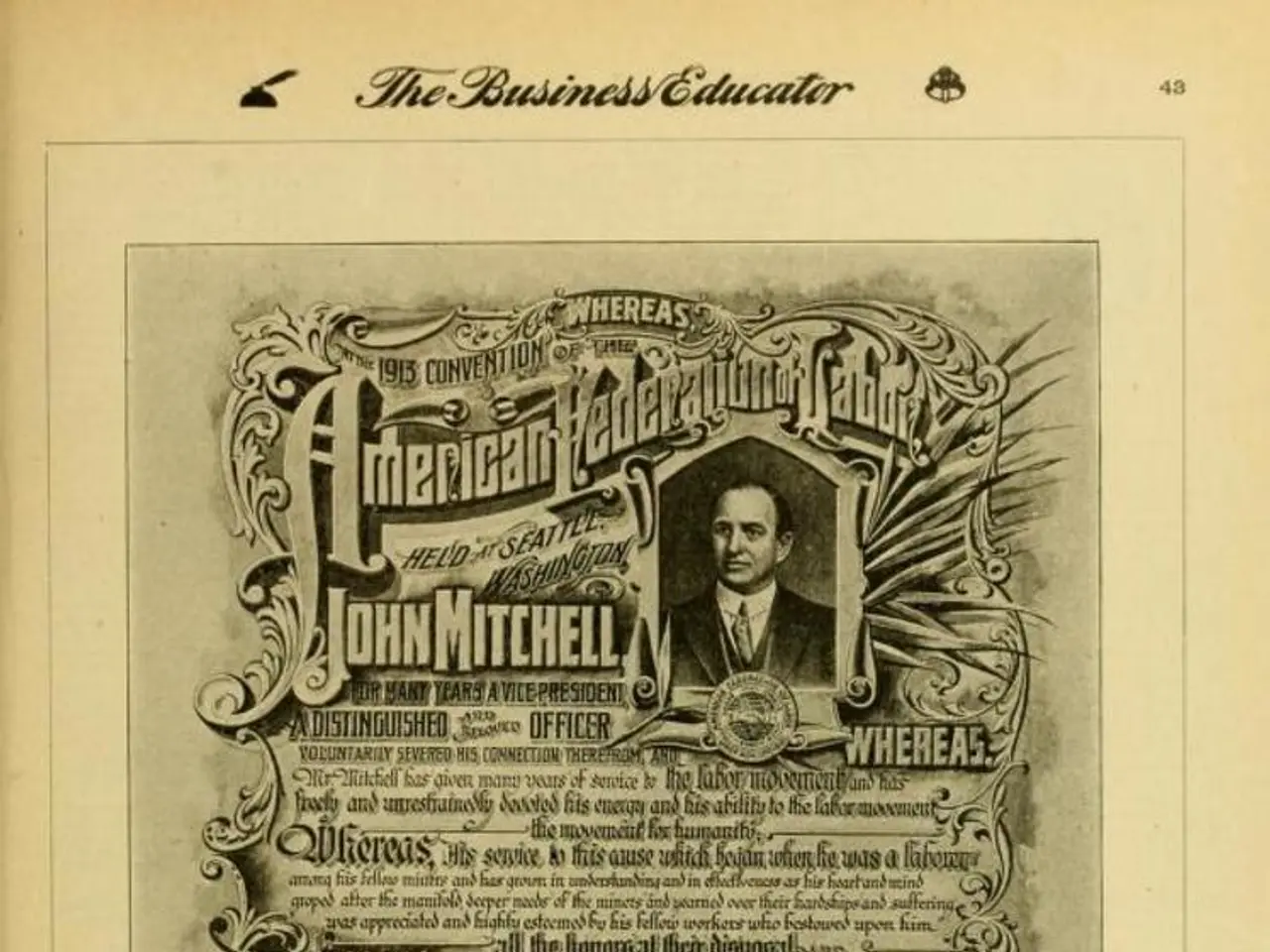The Importance of Fashion Editors in the Fashion World
In the world of fashion, the role of a fashion editor has undergone a significant transformation over the years. Once primarily responsible for curating content, fashion editors now wield significant influence in shaping trends and challenging traditional beauty standards.
A fashion editor is a key figure who oversees the creation and presentation of fashion content for publications, websites, or brands. Successful fashion editors possess a unique blend of creative and visual skills, a keen eye for detail, excellent communication and networking abilities, a deep understanding of fashion trends and industry, and the ability to work under pressure and meet deadlines.
One of the primary drivers of this evolution has been the advancement in fashion media and photography. The integration of photography into fashion magazines in the 20th century, especially with innovations like rotogravure, allowed fashion to be visually communicated with more immediacy and impact. This empowered fashion editors to shape public taste and expectations more directly, increasing their influence on consumer preferences.
The growth of fashion magazines and advertising also played a crucial role. From the late 19th century, fashion magazines became a critical channel for disseminating styles and trends. By the mid-20th century, fashion advertising grew into a sophisticated form of visual communication, enabling editors to play roles that bridged between artistic direction, trendsetting, and brand promotion. Italian fashion advertising's evolution exemplifies this, where fashion editors collaborated closely with designers, photographers, and illustrators to craft cultural narratives around style.
Cultural and technological shifts have also expanded the editor's influence. With fashion becoming a language of self-expression reflecting societal changes, editors have transitioned from simple curators to arbiters of taste and style. The rise of personal identity politics and media democratization, especially in recent decades, has expanded the editor's platform to influence beyond traditional magazines to digital media, social networks, and public discourse.
Moreover, fashion editors have begun to engage in multimedia fields, extending their presence into television, film, and digital spaces. This exposure to wider audiences allows their personal styles and opinions to shape fashion trends more directly, making them powerful trendsetters and cultural influencers.
However, this evolution also presents challenges. Achieving diversity and inclusivity in fashion editing is challenging due to the industry's historical lack of representation. The growing influence of social media presents opportunities for fashion editors to reach a wider audience, but also challenges in terms of maintaining authenticity and editorial integrity.
Digital media's impact on traditional print publications is another key challenge facing fashion editors. As the industry continues to evolve, the future presents opportunities for creativity and innovation, but also challenges due to evolving consumer behaviours and technological advancements.
Despite these challenges, fashion editors continue to play a vital role in challenging traditional beauty standards and championing diversity and inclusivity within their publications. They actively seek out diverse talent, challenge traditional norms, and use their platform to advocate for greater inclusivity.
In conclusion, the evolution of the role of fashion editor reflects broader changes in how fashion is created, communicated, and consumed. From a content curator in print, the fashion editor has evolved into a prominent cultural influencer interfacing with multiple media, technology, and societal trends.
[1] McDougall, J. (2014). The Fashioned Body: Fashion, Dress, and Modern Social Theory. Polity.
[2] Woodward, S. (2014). Fashion, Culture, and Identity: An Introduction. Bloomsbury Publishing.
[3] Kawamura, M. (2006). Fashion-ology: An Introduction to Fashion Studies. Berg.
[4] Lipovetsky, G. (2008). The Empire of Fashion: Dressing Modern Democracy. Polity.
[5] Woolf, S. (1928). Orlando: A Biography. Hogarth Press.
A fashion editor, alongside fashion-and-beauty influencers, significantly impacts lifestyle choices, particularly in the domains of clothing, accessories, and self-image, by shaping trends and challenging traditional beauty standards. In the realm of education-and-self-development, understanding the historical evolution of the fashion editor role can provide valuable insights into the interplay of culture, media, and societal change. This knowledge is essential for those pursuing career-development opportunities within the fashion industry.




